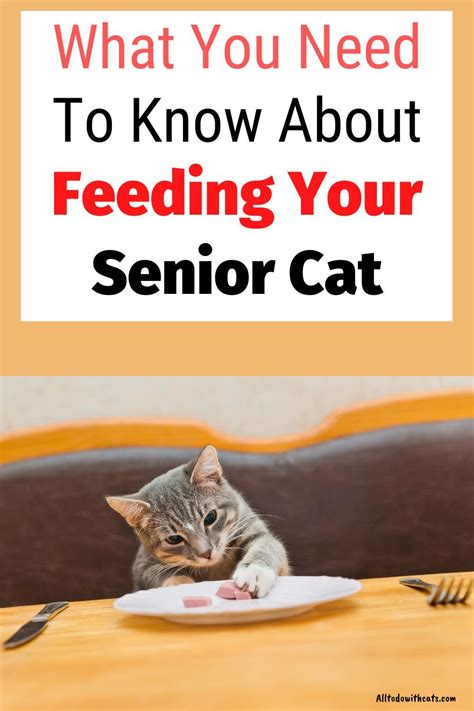Introduction
As pets age, their nutritional needs change. Senior pets have different energy requirements, and they may need to eat more frequent meals. They may also need to eat a diet that is higher in fiber and lower in fat. Pet owners need to be aware of these changing needs and make sure that their senior pets are getting the nutrition they need to stay healthy and happy.

Nutritional Needs of Senior Pets
The nutritional needs of senior pets vary depending on their age, breed, and activity level. However, there are some general guidelines that pet owners can follow.
- Energy: Senior pets need less energy than younger pets. They may need to eat about 20% fewer calories per day.
- Protein: Senior pets need a diet that is high in protein. This will help them maintain their muscle mass.
- Fiber: Senior pets need a diet that is high in fiber. This will help them stay regular and prevent constipation.
- Fat: Senior pets need a diet that is low in fat. This will help them maintain a healthy weight.
- Vitamins and minerals: Senior pets need a diet that is rich in vitamins and minerals. This will help them stay healthy and prevent disease.
Types of Pet Food for Seniors
There are a variety of pet foods available for seniors. Some of the most popular types include:
- Senior dry food: Senior dry food is a type of kibble that is specifically designed for senior pets. It is typically lower in calories and fat, and it is higher in fiber and protein.
- Senior wet food: Senior wet food is a type of canned or pouched food that is specifically designed for senior pets. It is typically higher in moisture than dry food, and it is easier for senior pets to digest.
- Homemade food: Some pet owners prefer to feed their senior pets homemade food. This can be a good option, but it is important to make sure that the food is nutritionally complete and balanced.
How to Choose the Right Pet Food for Your Senior Pet
When choosing a pet food for your senior pet, it is important to consider your pet’s individual needs. You should also consider your pet’s age, breed, and activity level.
Here are some tips for choosing the right pet food for your senior pet:
- Talk to your veterinarian: Your veterinarian can help you determine your pet’s individual nutritional needs. They can also recommend a pet food that is right for your pet.
- Read the food label: The food label will tell you the ingredients and the nutritional content of the food. Make sure that the food is nutritionally complete and balanced.
- Start by feeding a small amount: When you switch your pet to a new food, start by feeding a small amount. This will help your pet adjust to the new food and prevent digestive upset.
Transitioning Your Senior Pet to a New Food
When transitioning your senior pet to a new food, it is important to do so gradually. This will help your pet adjust to the new food and prevent digestive upset.
Here are some tips for transitioning your senior pet to a new food:
- Start by mixing the new food with the old food: Gradually increase the amount of new food and decrease the amount of old food over a period of 7-10 days.
- Monitor your pet for any signs of digestive upset: If your pet experiences any digestive upset, such as vomiting or diarrhea, stop feeding the new food and contact your veterinarian.
- Be patient: It may take some time for your pet to adjust to the new food. Be patient and keep an eye on your pet’s progress.
Conclusion
Feeding your senior pet a nutritious diet is essential for their health and well-being. By following the tips in this article, you can help your senior pet stay healthy and happy for many years to come.
FAQs
- How often should I feed my senior pet? Senior pets may need to eat more frequent meals than younger pets. Two to three meals per day is a good starting point.
- What are some signs that my senior pet is not getting enough nutrition? Some signs that your senior pet is not getting enough nutrition include weight loss, loss of muscle mass, and a dull coat.
- What should I do if my senior pet is not eating? If your senior pet is not eating, there could be a number of reasons. It is important to rule out any medical causes, such as dental disease or a gastrointestinal problem. Once any medical causes have been ruled out, you can try to tempt your pet to eat with a variety of foods.





















